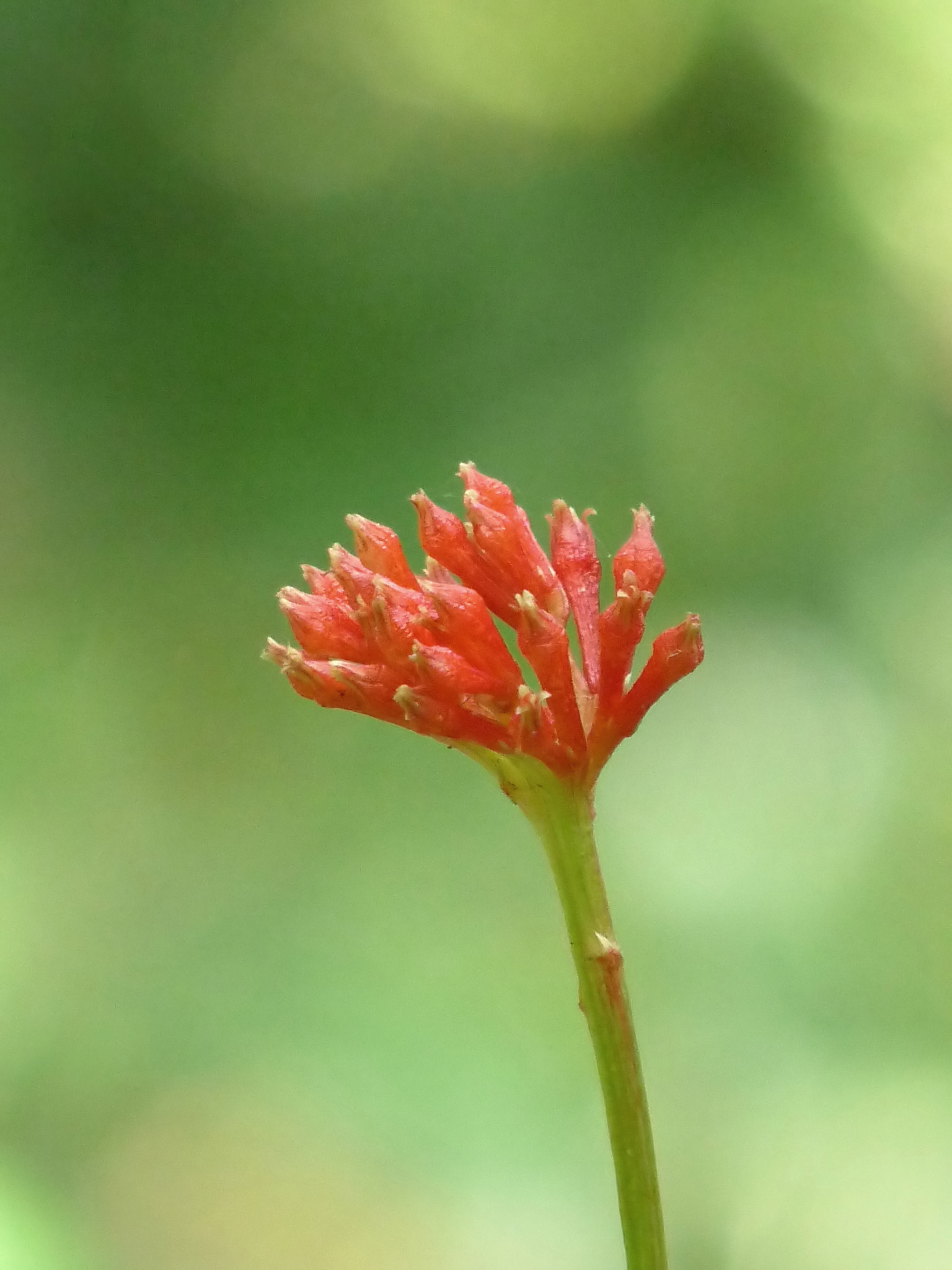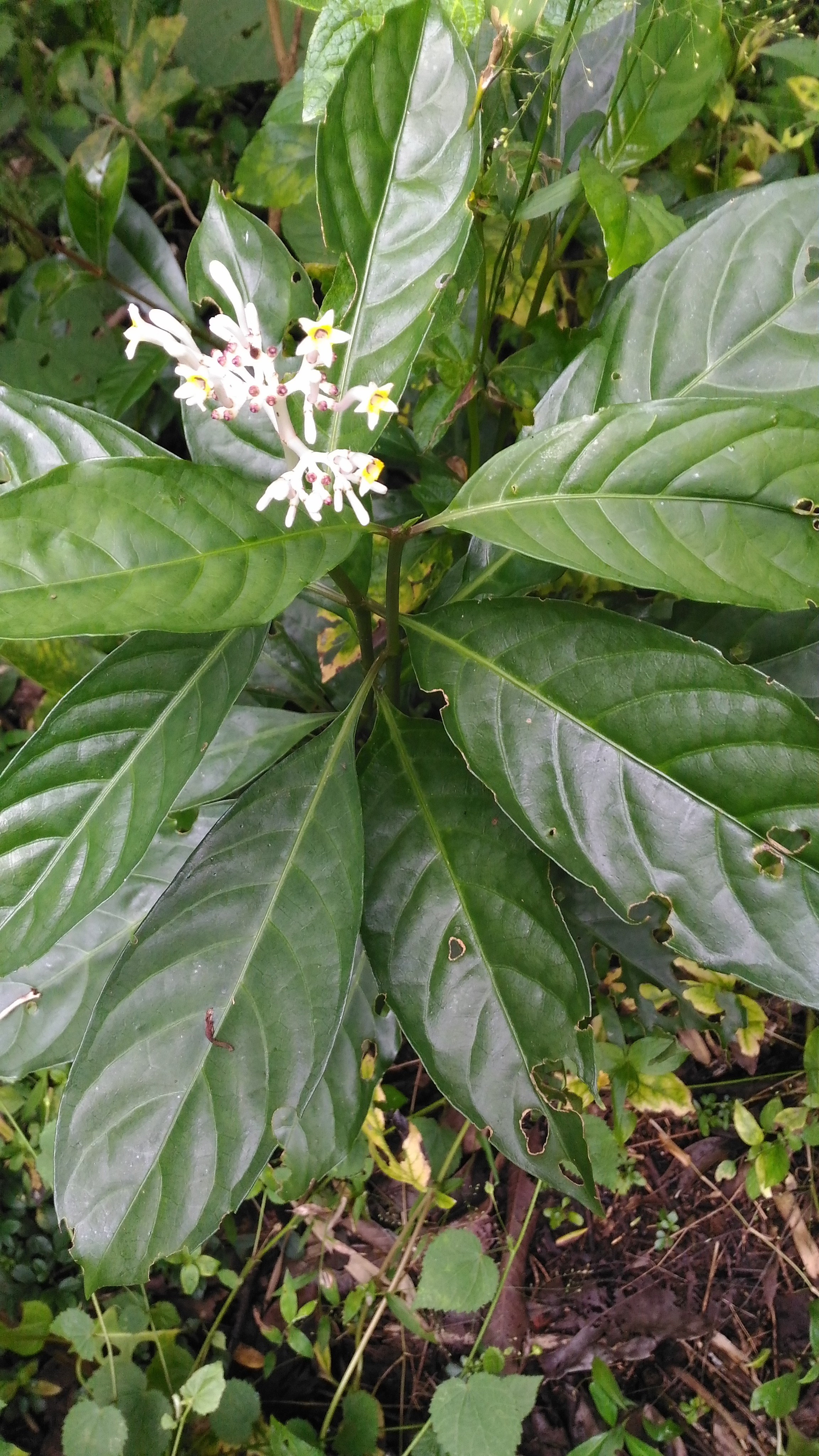Rauvolfia serpentina on:
[Wikipedia]
[Google]
[Amazon]

 ''Rauvolfia serpentina'', the Indian snakeroot, devil pepper, or serpentine wood, is a species of
''Rauvolfia serpentina'', the Indian snakeroot, devil pepper, or serpentine wood, is a species of

 ''Rauvolfia serpentina'', the Indian snakeroot, devil pepper, or serpentine wood, is a species of
''Rauvolfia serpentina'', the Indian snakeroot, devil pepper, or serpentine wood, is a species of flower
A flower, sometimes known as a bloom or blossom, is the reproductive structure found in flowering plants (plants of the division Angiospermae). The biological function of a flower is to facilitate reproduction, usually by providing a mechani ...
in the milkweed
''Asclepias'' is a genus of herbaceous, perennial, flowering plants known as milkweeds, named for their latex, a milky substance containing cardiac glycosides termed cardenolides, exuded where cells are damaged. Most species are toxic to humans ...
family Apocynaceae
Apocynaceae (from ''Apocynum'', Greek for "dog-away") is a family of flowering plants that includes trees, shrubs, herbs, stem succulents, and vines, commonly known as the dogbane family, because some taxa were used as dog poison Members of ...
. It is native to the Indian subcontinent
The Indian subcontinent is a list of the physiographic regions of the world, physiographical region in United Nations geoscheme for Asia#Southern Asia, Southern Asia. It is situated on the Indian Plate, projecting southwards into the Indian O ...
and East Asia
East Asia is the eastern region of Asia, which is defined in both Geography, geographical and culture, ethno-cultural terms. The modern State (polity), states of East Asia include China, Japan, Mongolia, North Korea, South Korea, and Taiwan. ...
(from India
India, officially the Republic of India (Hindi: ), is a country in South Asia. It is the seventh-largest country by area, the second-most populous country, and the most populous democracy in the world. Bounded by the Indian Ocean on the so ...
to Indonesia
Indonesia, officially the Republic of Indonesia, is a country in Southeast Asia and Oceania between the Indian and Pacific oceans. It consists of over 17,000 islands, including Sumatra, Java, Sulawesi, and parts of Borneo and New Guine ...
).
''Rauvolfia'' is a perennial undershrub widely distributed in India in the sub-Himalayan regions up to .
Chemical composition
''Rauvolfia serpentina'' contains dozens of alkaloids of theindole alkaloid
Indole alkaloids are a class of alkaloids containing a structural moiety of indole; many indole alkaloids also include isoprene groups and are thus called terpene indole or secologanin tryptamine alkaloids. Containing more than 4100 known diffe ...
family, including ajmaline, ajmalicine
Ajmalicine, also known as δ-yohimbine or raubasine, is an antihypertensive drug used in the treatment of high blood pressure. It has been marketed under numerous brand names including Card-Lamuran, Circolene, Cristanyl, Duxil, Duxor, Hydroxysarp ...
, reserpine
Reserpine is a drug that is used for the treatment of high blood pressure, usually in combination with a thiazide diuretic or vasodilator. Large clinical trials have shown that combined treatment with reserpine plus a thiazide diuretic reduces m ...
, and serpentine, among others.Research
''Rauvolfia serpentina'' may be useful in treating excitable patients with hypertension. According to a 2016 review by Canadian researchers, 4 different high-quality clinical trials on humans suggest thatreserpine
Reserpine is a drug that is used for the treatment of high blood pressure, usually in combination with a thiazide diuretic or vasodilator. Large clinical trials have shown that combined treatment with reserpine plus a thiazide diuretic reduces m ...
significantly reduces systolic blood pressure (SBP) compared to placebo. They concluded it may be as effective at reducing SBP as other front-line hypertensive drugs, but that more research is needed to determine a dose-specific safety profile. Rabbits fed a high-cholesterol diet who took reserpine
Reserpine is a drug that is used for the treatment of high blood pressure, usually in combination with a thiazide diuretic or vasodilator. Large clinical trials have shown that combined treatment with reserpine plus a thiazide diuretic reduces m ...
for 6 weeks had their total cholesterol levels reduced by 42% and their heart rate decreased by 28%.
Potential adverse effects
''R. serpentina'' may causeadverse effects
An adverse effect is an undesired harmful effect resulting from a medication or other intervention, such as surgery. An adverse effect may be termed a "side effect", when judged to be secondary to a main or therapeutic effect. The term complica ...
by interacting with various prescription drugs or via interference with mechanisms of mental depression or peptic ulcer
Peptic ulcer disease (PUD) is a break in the inner lining of the stomach, the first part of the small intestine, or sometimes the lower esophagus. An ulcer in the stomach is called a gastric ulcer, while one in the first part of the intestines ...
. The reserpine in ''R. serpentina'' is associated with diverse adverse effects, including vomiting, diarrhea, dizziness, headache, anxiety, or hypersensitivity
Hypersensitivity (also called hypersensitivity reaction or intolerance) refers to undesirable reactions produced by the normal immune system, including allergies and autoimmunity. They are usually referred to as an over-reaction of the immune ...
reactions.
See also
*Reserpine
Reserpine is a drug that is used for the treatment of high blood pressure, usually in combination with a thiazide diuretic or vasodilator. Large clinical trials have shown that combined treatment with reserpine plus a thiazide diuretic reduces m ...
* List of herbs with known adverse effects
This is a partial list of herbs and herbal treatments with known or suspected adverse effects, either alone or in interaction with other herbs or drugs. Non-inclusion of an herb in this list does not imply that it is free of adverse effects. I ...
References
{{Taxonbar, from=Q1145301 serpentina Plants described in 1877 Plants used in traditional Chinese medicine Flora of Asia Plants used in Ayurveda